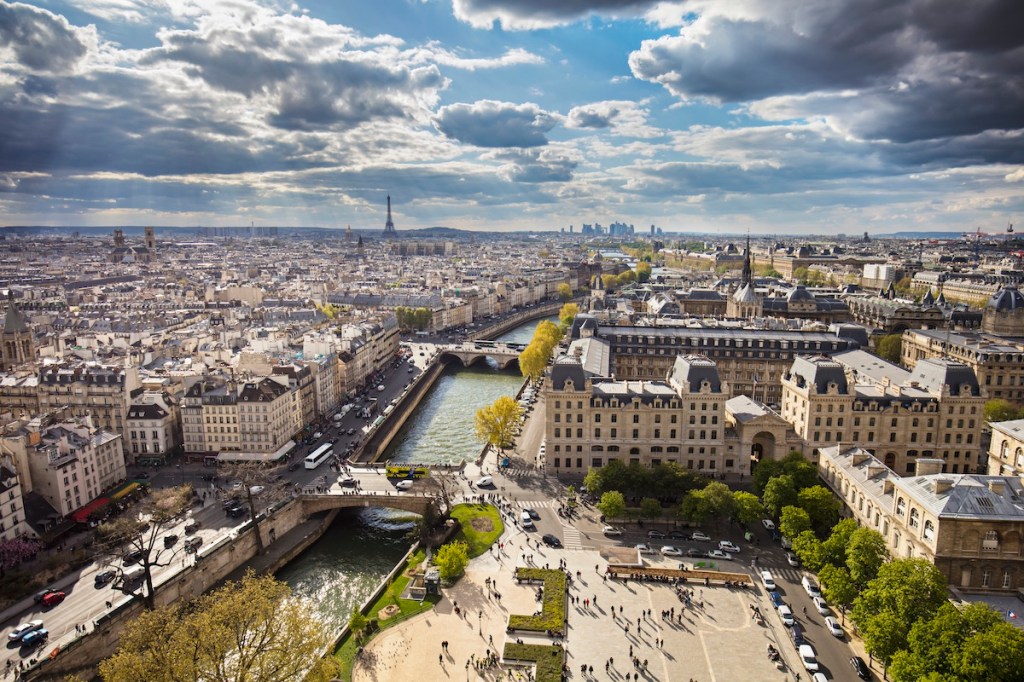The Musée Marmottan Monet is the former residence of François Christophe Edmond Kellerman, the Duke of Valmy, in Passy, a former hamlet absorbed into Paris after the French Revolution. The property comprised a main building and two pavilions. The duke died in 1868, and his widow and daughter sold the home in 1882 to industrialist and art collector Jules Marmottan, who amassed paintings mainly by Italian, Flemish, and German Primitives. In 1883 Marmottan’s treasures passed to his only son, Paul, who thereafter devoted himself to studying history, particularly that of the Napoleonic era, and collecting related art, including marble effigies of the emperor’s family, furniture from the Tuileries Palace, one of Bonaparte’s residences in Paris, and a bed once belonging to Napoleon I. Marmottan bequeathed the family mansion and its collections to the Académie des Beaux-Arts, which took over its management in 1932.
The Musée Marmottan opened in 1934, its affiliation with the Académie spurring donations that included works by French academic painter William Adolphe Bouguereau and naturalist painter Jules Bastien-Lepage. Donations made by Victorine Donop de Monchy, the daughter of collector Georges de Bellio, took the collection in a new direction with the addition of the first Impressionist canvases, among them works by Camille Pissarro, Pierre-Auguste Renoir, and Alfred Sisley, as well as Claude Monet’s famed 1872 painting Impression, Sunrise.
Another bequest that transformed the museum’s holdings was that made by Michel Monet, the painter’s younger son; donated in 1966, it comprised more than a hundred works by the father of Impressionism, including a group of large-scale Water Lilies. Hence the institution’s current name, Musée Marmottan Monet. Thanks to the Rouart family, the museum now also houses the world’s first collection of works by their forebear, Impressionist painter Berthe Morisot, along with drawings and paintings by Edouard Manet, Edgar Degas, and Jean-Baptiste-Camille Corot, forever reconciling the Académie des Beaux-Arts with Impressionism, a movement that was initially deemed no match for great masters.

